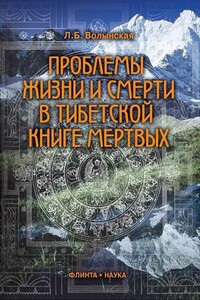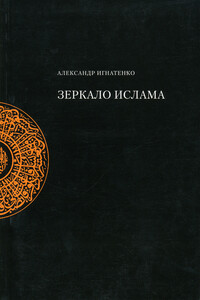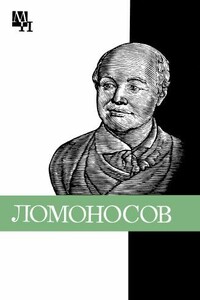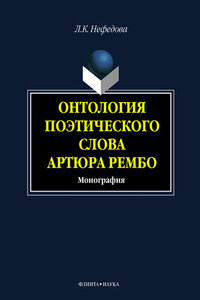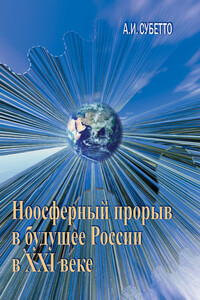. Подводя разумную, в отличие от священных писаний, основу под адвайта-веданту, Гаудапада не находит ничего более пригодного, чем теория мадхьямиков. Многое в его Кариках напоминает нам труд Нагарджуны
[1751]. Не без основания Вачаспати рассматривает приверженцев шунья-вады как сторонников развитой мысли
(пракриштамати), в то время как плюралистические реалисты
(сарвастивадины) считаются представителями более низкого
(хинамати), а йогачары — средней способности мышления
(мадхьяма)[1752].
А. V. Atharva Veda.
В. G. Bhagavadgita.
Е. R. Е. Encyclopaedia of Religion and Ethics.
I. A. Indian Antiquary.
J. A. O. S. Journal of the American Oriental Society.
J. R. A. S. Journal of the Royal Asiatic Society.
Milinda Questions of King Milinda.
N. S. Nyaya Sutras.
О. S. T. Original Sanskrit Texts.
P. Pancastikayasamayasara.
P. M. Purva-Mimamsa Sutras.
R. B. Ramanuja, Bhasya on the Vedanta Sutras.
R. B. G. Ramanuja, Bhasya on the Bhagavadgita.
S. B. Samkara, Bhasya on the Vedanta Sutras.
S. B. G. Samkara, Bhasya on the Bhagavadgita.
S. В. Е. Sacred Books of the East.
S. В. Н. Sacred Books of the Hindus.
S. D. S. Sarvadarsanasamgraha.
S. K. Samkhya Karika.
Skt. Sanskrit.
S. S. Max Muller, Six Systems of Indian Philosophy.
S. Sutra Samkhya Sutras.
S. S. S. S. Sarvasiddhantasarasamgraha.
Up. Upanisads.
U. T. S. Umasvati, Tattvartha Sutras.
V. S. Vedanta Sutras.
W. В. Т. Warren, Buddhism in Translations.
Y. S. Yoga Sutras.


